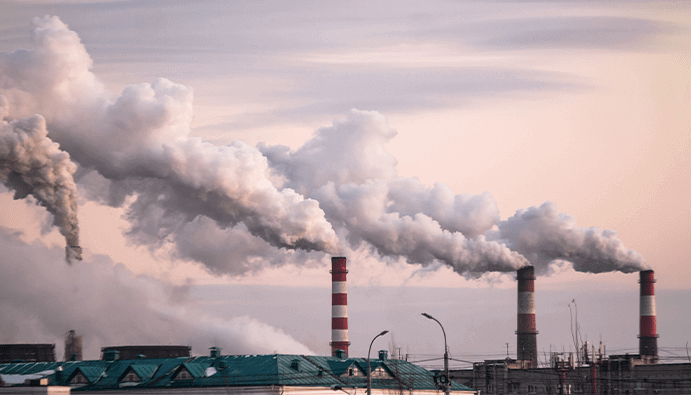
BLOG
KATEGORİDEKİ DİĞER YAZILAR

Air pollutants emitted into the atmosphere from an enterprise as a result of processes such as decomposition, evaporation, synthesis and similar processes that occur with the combustion of fuels and the like, and the collection, separation and transportation of substances are called emissions. Flue gas emission measurements are more emission control. In this way, emissions are kept within the specified limits and legal regulations regarding emissions are complied with.
In addition, another reason for flue gas emission measurements is the control of combustion efficiency and boiler adjustment. In this way, the efficiency of the boilers is increased, fuel and money savings are achieved and emissions are reduced. Naturally, process control is also ensured with flue gas emission measurements. In this way, the quality of production processes is increased and the boilers used in the process are regularly adjusted.
In order to accurately calculate the amount of dust during emission measurements, temperature and pressure variations must be taken into account. This is because the volume of gases and particles varies depending on environmental conditions (especially temperature and pressure). The temperature and pressure of flue gases in industrial plants is an important factor in the calculation of dust emissions.
For these reasons, ignoring the effects of temperature and pressure changes during dust emission measurements can lead to incorrect results. Given these conditions, measured gas and dust emissions should be adapted to “standard conditions” (normalized conditions).
The main objectives of the Regulation on the Control of Air Pollution from Industrial Facilities published by the Ministry of Environment and Forestry are as follows:
In this respect, it is important to determine the amount of dust emission by considering flue gas temperature and pressure changes.
Nanolab Laboratories Group continues to provide services within the scope of Determination of Dust Emission Amount. We also provide services in Emission - Imission Measurements.
Contact us for more information.
You can follow us on LinkedIn for up-to-date news and posts about our services.
Follow our Instagram account to be informed about our latest blog posts.